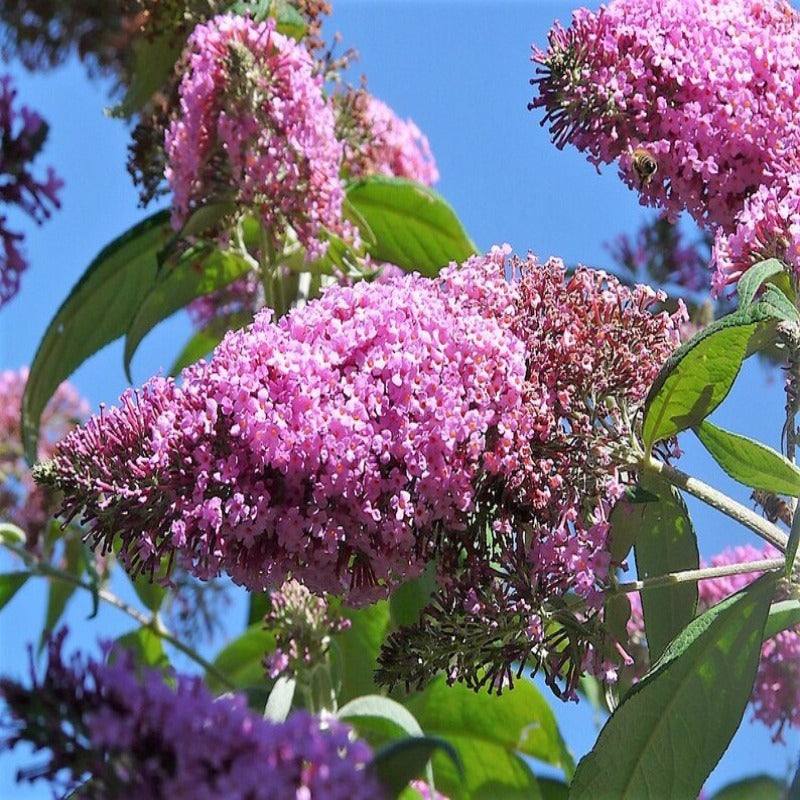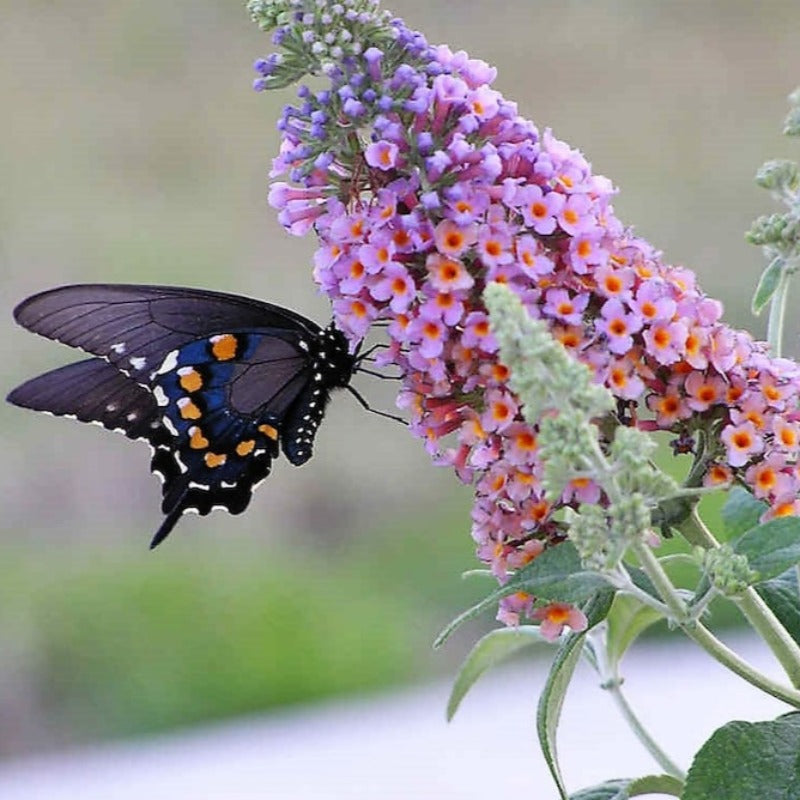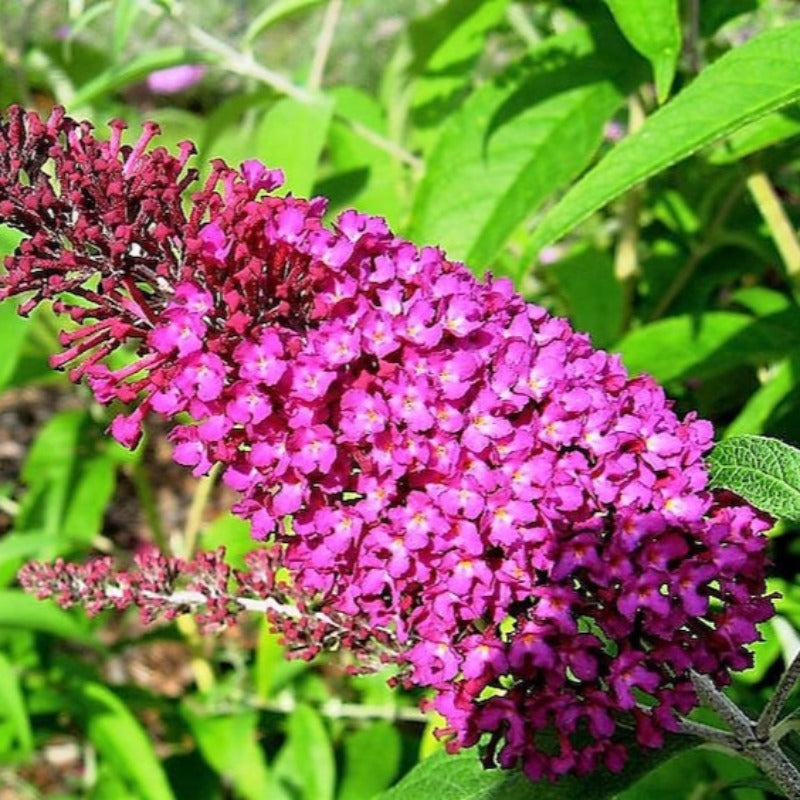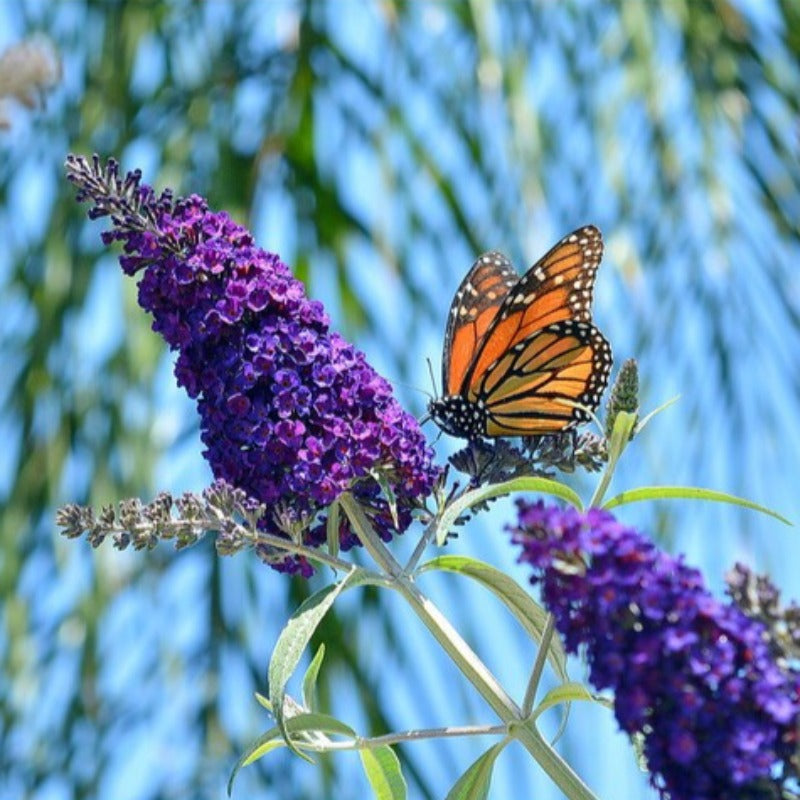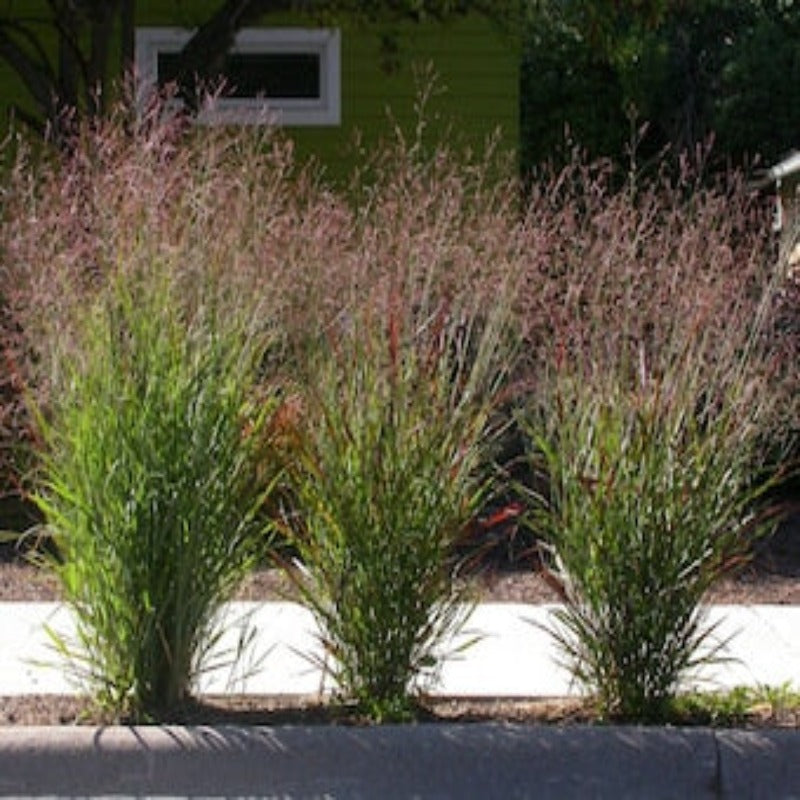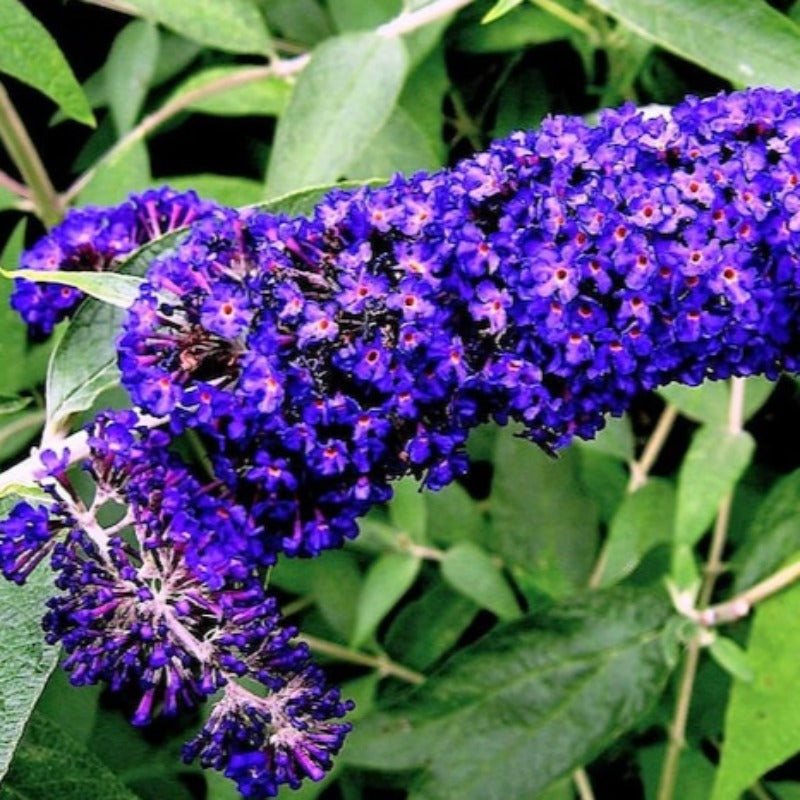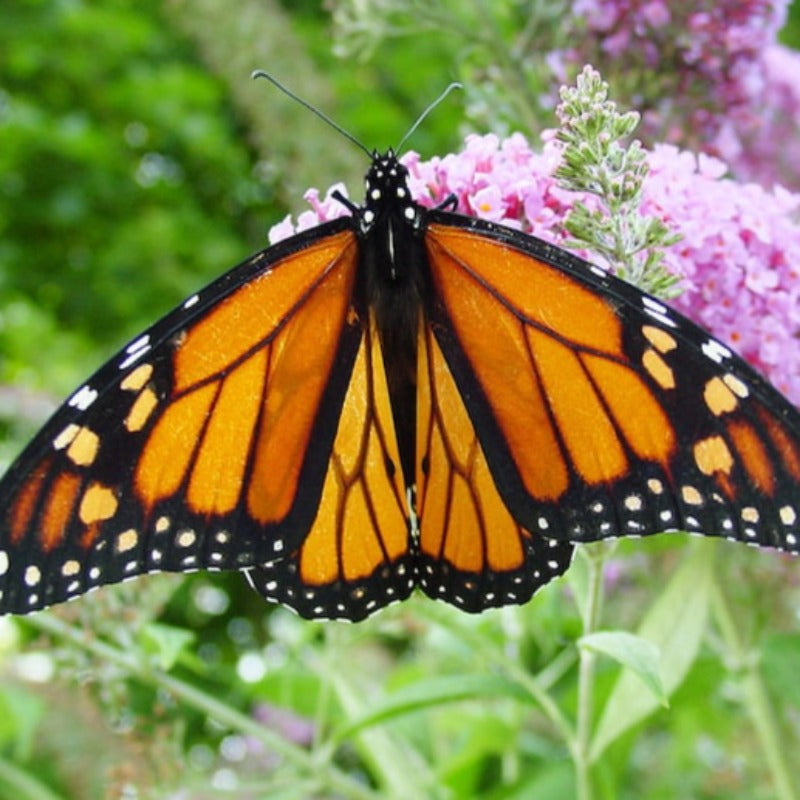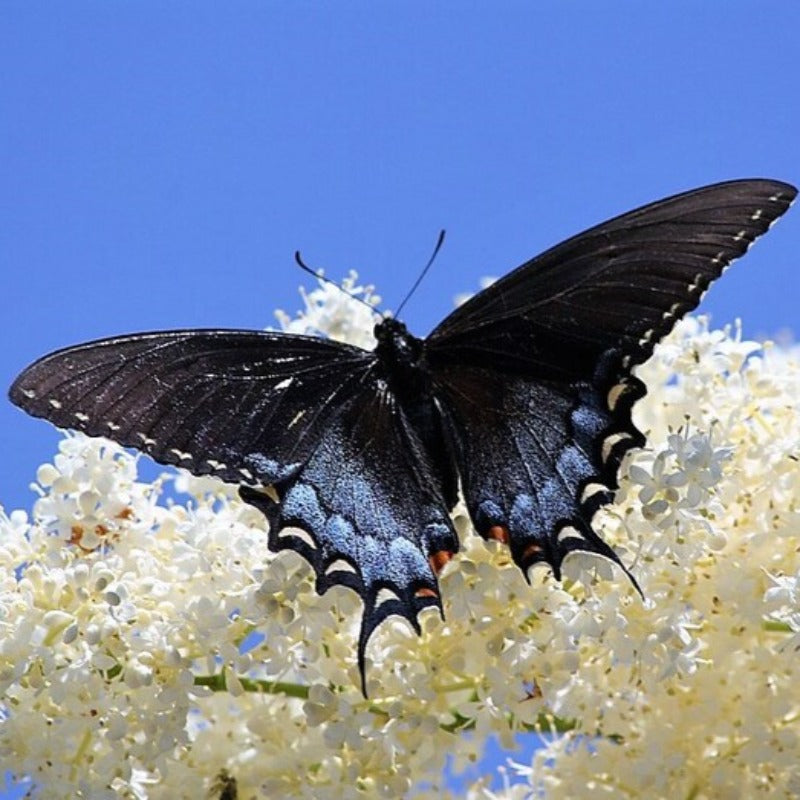- Historical context: The Butterfly Bush, scientifically known as Buddleja, was named after the Reverend Adam Buddle, an English botanist. The plant gained popularity in the 18th century for its attractive flowers and ability to attract butterflies.
- Geographical origination: The Butterfly Bush is native to China and Japan, but it has been naturalized in many parts of the world, including Europe and North America.
- Relevant cultural significance: The Butterfly Bush is often associated with gardens designed to attract butterflies and other pollinators. It is a symbol of transformation and beauty in many cultures.
- Time period of discovery: The Butterfly Bush was first described in the late 17th century, but it became widely known and cultivated in the 18th century.
- Original habitat: The original habitat of the Butterfly Bush includes riverbanks, rocky slopes, and open woodlands in its native regions of China and Japan.
- Notable historical uses: Historically, the Butterfly Bush has been used primarily for ornamental purposes. Its flowers are known for their sweet fragrance and vibrant colors, making it a popular choice for gardens and landscapes.
- Ideal temperature range: The Butterfly Bush thrives in temperatures ranging from 60°F to 85°F (15°C to 29°C).
- Soil type: It prefers well-drained soil with a pH range of 6.0 to 7.5. Sandy or loamy soils are ideal.
- Sunlight requirements: Full sun is essential for optimal growth and flowering. The plant requires at least 6 hours of direct sunlight daily.
- Watering needs: Moderate watering is required. The soil should be kept moist but not waterlogged. Overwatering can lead to root rot.
- Planting season: The best time to plant Butterfly Bush seeds is in the spring after the last frost or in early fall.
- Germination time: Seeds typically germinate within 14 to 21 days under optimal conditions.
- Growth cycle duration: The Butterfly Bush is a perennial plant, meaning it will grow and bloom year after year. It can reach maturity within 2 to 3 years.
- Common pests and diseases: Common pests include aphids, spider mites, and caterpillars. Diseases such as root rot and powdery mildew can also affect the plant.
- Companion planting advice: Butterfly Bushes pair well with other pollinator-friendly plants like lavender, coneflowers, and bee balm. These combinations can create a vibrant and diverse garden.
- Common challenges and solutions: One common challenge is the plant's invasiveness in some regions. Regular pruning and deadheading can help control its spread. Additionally, ensuring proper drainage can prevent root rot.
- Nutritional values: While the Butterfly Bush is not typically consumed, its flowers can be used to make a mildly sweet tea.
- Health benefits: The plant is not known for significant health benefits, but its presence in gardens can promote mental well-being by attracting butterflies and creating a serene environment.
- Culinary uses: There are no notable culinary uses for the Butterfly Bush.
- Medicinal uses: In traditional Chinese medicine, parts of the Butterfly Bush have been used to treat eye conditions and inflammation, although these uses are not widely recognized in modern medicine.
- Other unique advantages: The primary advantage of the Butterfly Bush is its ability to attract butterflies, bees, and other pollinators, which can enhance the biodiversity of a garden. Its vibrant flowers and sweet fragrance also add aesthetic value to landscapes.
